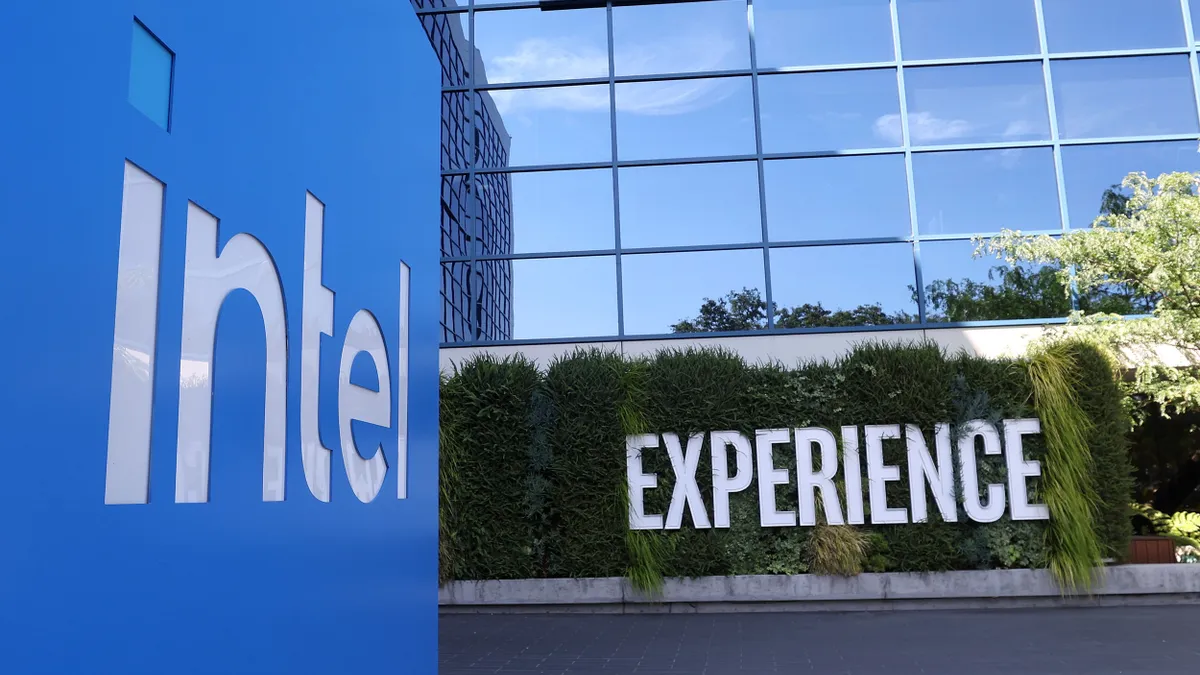CIO Dive celebrates its first anniversary today, and in that year the enterprise technology market has seen everything from large-scale mergers and acquisitions to the end of legacy appliances as companies continue to transition to the cloud.
What stories interested you the most? Here are five that were among our most popular:
1. EmblemHealth moves to outsource IT, employees stage protest
In April, New York-based health insurance provider EmblemHealth partnered with consulting and outsourcing services firm Cognizant to offshore the company’s IT work. But before the deal was officially signed, about 60 EmblemHealth IT workers began organizing to try and fight the contract.
In the end, the employees’ efforts did not sway EmblemHealth and the company issued layoff notices to 250 IT and operations employees to take effect 90 days later. In response, about 25 of the insurer’s IT workers staged a protest outside of company offices, shouting "protect U.S. jobs” and "it’s our jobs now, your jobs next,” according to reports.
The issue struck a nerve as many companies look to save money and cut costs while keeping up with advancements in technology. For some organizations, contracting out IT work is the solution to better reduce and control those operating costs. On announcing Emblem’s decision, CEO Karen Ignagni said outsourcing the work was part of "crucial" modernization and the move would "no longer require the level of staffing we now have to maintain the old system."
2. The sunset march of Google’s enterprise search to the cloud
February marked the end of an era for the sunshine yellow search box, the appliance that housed Google’s enterprise search solution. The company announced plans to sunset the Search Appliance, ceasing hardware sales, though it will continue to offer technical support through 2019.
A familiar sight in many server rooms, the end of the yellow search box marked the continued transition to cloud-based services. Rather than housing solutions in physical appliances, providers are transitioning capabilities to the cloud. That allows for more computing power and in this case, increased functionality.
In June, Google announced Springboard, the heir apparent to its enterprise search. Labeled as a new digital assistant, the offering searches for information across the company’s apps. The company’s search now offers a more fluid, cross-application experience that can work to help saves users time.
3. In the midst of the Dell merger, EMC gets a new CIO
In the midst of the megamerger between Dell Inc. and EMC Corp., which is expected to become official later this year, the two companies have made several changes to streamline their businesses.
In January, EMC announced ML Krakauer as its new CIO, replacing Vic Bhagat, who joined EMC as CIO in 2013. Dell, too, brought in a new CIO in the midst of the merger, confirming Paul J. Walsh was leaving and Scott Pittman would serve as the interim CIO in his place.
The deal, now valued at $59 billion, will likely result in more changes as the companies work to become Dell Technologies. It is poised to upend the cloud IT infrastructure market and become a leading vendor, potentially taking away Hewlett Packard Enterprise’s spot as the top provider.
But, while the companies are divesting some units, competitors such as HPE are working to woo ‘worried’ partners.
4. HPE to trim size as 100,000 employees expected to join Computer Sciences Corp.
In May, Hewlett Packard Enterprise announced plans to spin off and merge its IT services division with Computer Sciences Corp. The move was designed to allow the company to better focus on its enterprise group and grow in new areas, and it's expected to save the company $1 billion in its first year.
About 100,000 jobs are expected to move from HPE to CSC, drastically trimming the company’s size and leaving HPE with between 50,000 and 60,000 employees.
HPE has worked to streamline its business ever since Hewlett-Packard announced plans to split the company in July 2015. While HP Inc. continues to focus on its consumer business involving PCs and printers, HP Enterprise was tasked with selling servers, storage, network and enterprise services.
By merging its IT services division with CSC, HPE divested its share of the outsourcing technology services and consulting market, which includes call centers and client network maintenance, an area that continues to shrink.
5. Big Data Brew: Using analytics to create a craft beer
In February, digital marketing agency Havas Helia used IBM’s Watson Alchemy technology to create a beer that could fully capture the essences of a new year. Using social media, the company found 38 distinct emotions it could tie to the new year. Then, through Watson, the firm analyzed 2,800 recipes and created profiles with identifiers like "assertive" or "friendly."
To complete the beer, the company compiled a list of the top 10 beer recipes that matched emotions for the new year. The final recipe for its beer, 0101, uses ingredients those recipes had in common.






















